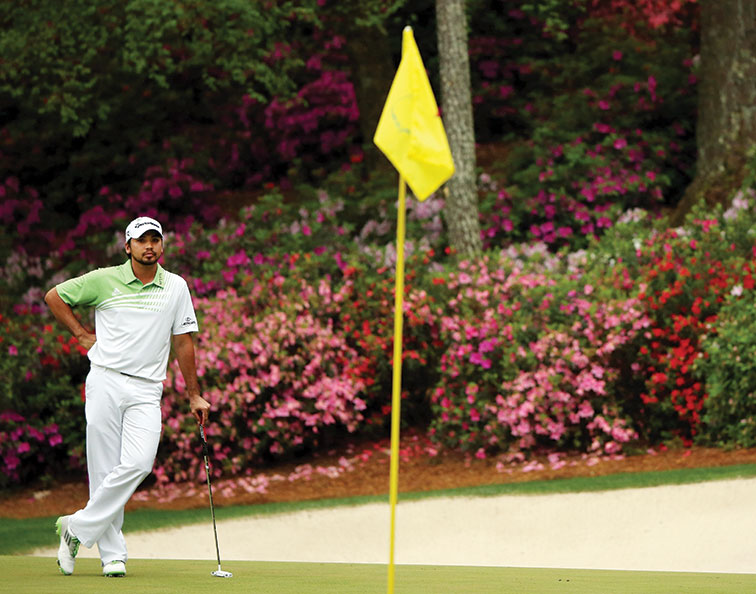The TEARFUL embrace between Jason Day and caddie Col Swatton on Whistling Straits’ 18th green was a defining moment for the Queenslander. Winning the US PGA Championship made Day a Major champion. His potential had finally been realised. The burden had been released.
This year shapes as career defining for Day if he is to stamp himself as one of the game’s all-time greats. On the back of winning the most recent Major championship, the 28-year-old enters 2016 with confidence.
There appears to be a popular belief that Majors are there for his taking after the sustained dominance he displayed in 2015 when he won four times in six starts, shooting an astonishing 87-under par in 24 rounds.
But Major titles are not preordained. And Day’s recent comments and behaviour suggest he may not be as dialled in for success as many predict. Does he really have the drive to be one of the game’s all-time great players? And what impact will injuries, illnesses and other health ailments have on his career?
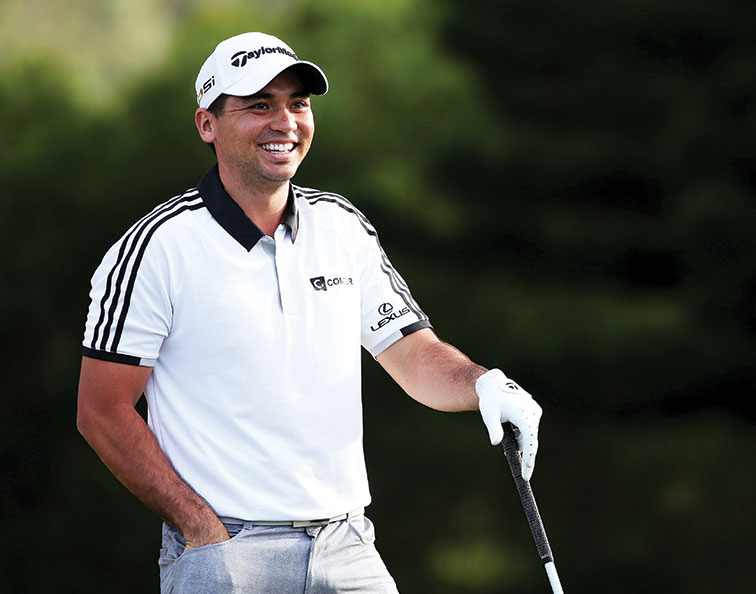
Too Much Of A Nice Guy
It may be unpatriotic to take the contrarian view, particularly when so many people are blowing smoke up his proverbial. But does Day possess the mongrel to be one of the all-time great players? Is there enough fire in the belly?
We rarely see surliness or temper tantrums with Day. On the surface, he doesn’t appear to have the ruthless, self-centred determination that drove Nick Faldo and Tiger Woods to bags of Major titles or Greg Norman and Vijay Singh to the summit of world golf. Those four had a disdain for the press, whereas Jason has become a media darling for his amicable demeanour and the way he’s shared a rags-to-riches tale with the world.
Day’s character resembles the nice guy personas of Nick Price and Padraig Harrington – stars who shone ever so brightly for a brief period. After knocking on the door for a decade, Price snatched three Majors in nine attempts. The Zimbabwean won 12 times on the US PGA Tour in 23 months (1992-1994) and spent 44 weeks as the world’s No.1 golfer.
Harrington, too, contended in the biggest championships for 10 years prior to capturing three Majors in six starts. However, the Irishman has won just once in the US or Europe since the 2008 US PGA Championship.
Prior to winning the US PGA, Day had been contending in Majors for five years, finishing second on three occasions and accumulating nine top-10 results. Now he’s broken his duck, there’s no time to waste in pursuit of the big four titles.
But having achieved the goal of becoming a Major champion, what are the priorities in Day’s life? It’s worth considering given how much he’s accomplished since his early years.
Day’s upbringing and rough childhood is well documented: losing his father to stomach cancer when Day was just 12, turning to alcohol and street fights.
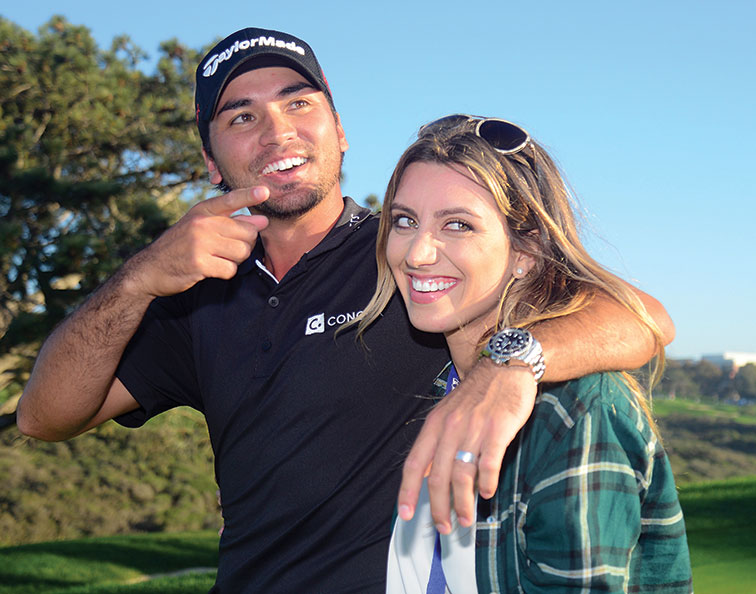
Hence, it’s little surprise he finds comfort in a seemingly idyllic family environment filled with love and happiness. Day credits wife, Ellie, and his two children, Dash and Lucy, as the source of his settled attitude on the golf course.
We got a glimpse into Day’s mindset in a letter published in The Players’ Tribune in the US late last year. In a first-person piece, Day wrote a letter to himself as a 12-year-old. One passage of text revealed what family means:
“Every time, given the choice between golf and a family who needs you – there’s going to be a voice in your head, telling you to choose family. That’s good. Listen to that voice. You won’t regret it. Being a dad – it’s the most satisfying thing you’ll ever experience. Having a child, and the pure love that you get from that child, is going to be more rewarding than anything you’ll ever get from your career.”
The danger, of course, is falling into the trap of being too much of a homebody and a little comfortable. Five weeks out from The Masters, Day had played only 10 competitive rounds on the 2015/16 US PGA Tour. He had broken 70 just four times at the beginning of March. That meant he hadn’t a top-10 result in a full-field event since last September. (Those sorts of numbers make Adam Scott look like an Iron Man of the tour.)
In hindsight, one of the biggest surprises about Day in 2015 is that he ended his season abruptly after attaining the world No.1 ranking, which he held for four weeks. Day took three months away from the tour to spend more time with his family, including the birth of daughter Lucy.
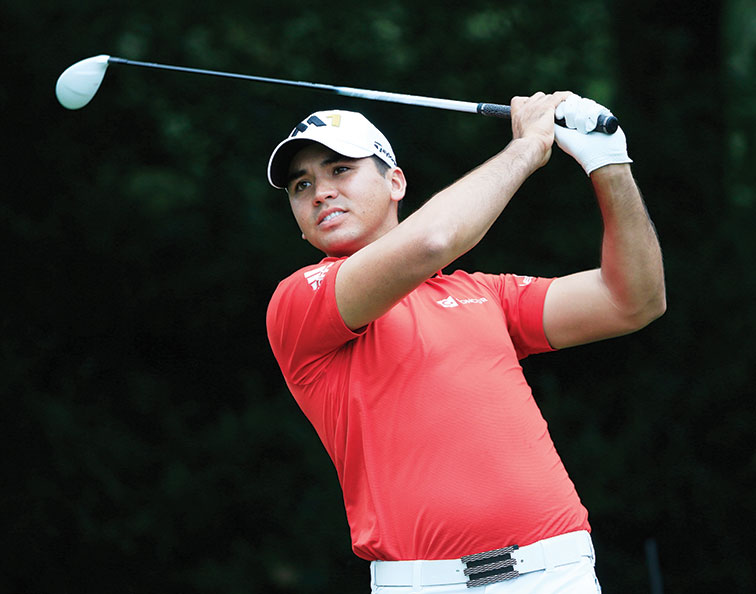
Day is putting family first. That’s understandable. Ellie dealt with postpartum depression, after Dash was born, so it explains why Jason wanted to spend so much time together when their second child was born.
But when you’re on a roll – four wins in six starts – wouldn’t you want to continue to run the table? Day entered just one tournament as the world’s best golfer. Wouldn’t you want to bask in the limelight, just a little? Please your sponsors?
Nor did Day return to play in Australia. Actually, that’s not a surprise at all. In the nine years he’s been playing full-time on the US PGA Tour, he has rarely appeared back in Australia. He last competed on home soil in 2013 when he returned for the World Cup of Golf at Royal Melbourne and the Australian Open at Royal Sydney.
The consequence is that he’s not quite as sharp or match-hardened. For all the practice he’s done, it won’t simulate tournament conditions. Day acknowledged as much in February when he said a limited preparation had put him behind Jordan Spieth, Rory McIlroy and Rickie Fowler leading into Augusta.
As a father of two, Day is juggling the balance between family life and the workload required of a professional golfer. Spieth, McIlroy and Fowler don’t have the added responsibility of raising kids.
“I would love to get back to the mid-season form that I had last year in the second half of the year. But unfortunately, I just need to get more reps,” conceded Day. “I have to really work my tail off to try and get back to that form.”
As we’ve witnessed, Day is capable of turning things around rather quickly. But has he relinquished the momentum from 2015 – the one and only season he’s been a multiple winner on tour?
As the adage goes, ‘Form is temporary, class is permanent.’ Surely you shouldn’t flirt with form when you’re on a winning streak only a small group of golfers have produced in the history of the game.
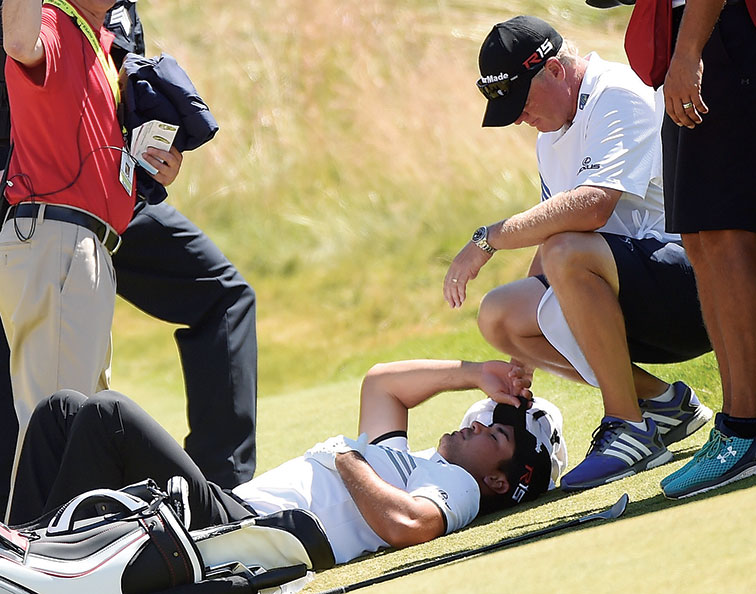
Beset By Injuries And Illness
Injuries and illness have plagued Day’s career. In particular, he has a history of wrist problems – one of the most career-threatening injuries a professional golfer can battle. After winning the WGC-Match Play Championship in 2014, a thumb injury limited him to just one tournament in three months (a creditable T20 at Augusta). At the British Open that July, Day sustained an injury to his left wrist with pain all the way up to his elbow. At the previous year’s Open he felt pain up the right side.
“The ground is very firm,” he explained. “Then you hit in the long stuff and you’re kind of gouging it out . . . So every time I come here I know that I have to get my forearm loosened up. Once they tighten up, something pops in my wrist and goes up my elbow.”
His most dramatic health scare occurred during last year’s US Open at Chambers Bay where Day collapsed from dizziness and symptoms associated with vertigo during the second round. He fought on courageously and eventually tied for ninth. He was later diagnosed with a viral infection in his right ear.
An Australian golfer to have suffered symptoms similar to vertigo is Fox Sports golf analyst Paul Gow. He was laid low for five months with a middle-ear infection soon after landing on the US PGA Tour.
“When I had the middle-ear infection that everyone thought was vertigo, I’d look down at the ball and there wasn’t one ball – there were three balls.
“When you walked, it felt like with your next step you were falling off the edge of the step. You couldn’t touch the ground the right way.”
Gow was misdiagnosed with vertigo and given Valium to treat it, but later discovered the drug was feeding the middle-ear infection. “Mine went on for four or five months. Obviously, I was playing badly and was all over the place. Then, when I went and got a second opinion, they said, ‘No, you’ve been fuelling it the wrong way.’ Then within two weeks I was good. The middle-ear infection was gone. Never had another one since.”
Medication significantly reduces the odds of Day sustaining another episode like that from the viral infection. On ‘meds’ a month after the US Open, Day put in a splendid performance at St Andrews to finish one stroke out of a playoff for the British Open. Then he went on that memorable end-of-season tear. Hopefully, Chambers Bay was a one-off, but it depends whether the inner-ear nerve has been damaged permanently.
What Day had was a viral vestibular neuritis, which is an inflammation of the vestibular nerve. This nerve sends balance and head position information from the inner ear to the brain. When swollen/inflamed, it disrupts the way information would normally be interpreted.
“I would be 95 per cent confident that Jason would not have a relapse of a viral vestibular neuritis,” says Dr Robyn Napier, a GP who is medical director of the Australian Medical Association (NSW).
“Assuming that’s what the diagnosis is, then most people make a full recovery and do not have a relapse.”
However, another virus struck Day at the start of his 2016 campaign. He battled fevers and flu-like symptoms for five days before the Farmers Insurance Open in San Diego. A lethargic Day shot 72-74 to miss the cut by three strokes, becoming the first defending champion to miss the cut since 2003.
“It definitely is tough. It’s difficult because it’s just frustrating and obviously annoying to come into a week and not be prepared for a golf course like this,” Day said.
“It’s a US Open golf course so you have to come in very sharp and very ready to play.”
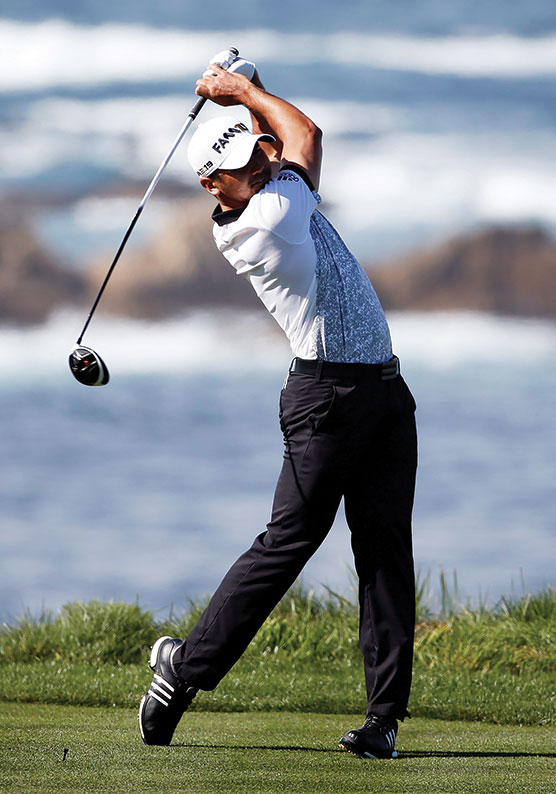
Path To Greatness Begins In Georgia
A moot point is whether Day – with limited preparation – will be cherry-ripe and ready to play come The Masters. Requiring a bomber’s length off the tee and silky touch around the greens, Augusta National is ideally suited to Day’s power-and-touch style of game.
Given his susceptibility to injury and illness, you wouldn’t bet on him being 100 per cent fit. Day’s collapse at last year’s US Open raises doubt about his capacity to perform, both physically and mentally, in the Major he desires most – if he was to have another bout of dizziness, there wouldn’t be a more untimely scenario than descending Augusta’s 10th tee to begin the final nine holes of the world’s most watched golf tournament. The 10th hole features an elevation drop of 78 feet from tee to green.
It will be fascinating to see how Day performs. If he can win one Masters, he should win multiple times. And that would elevate him to another level of stardom.
In another extract from Day’s letter to himself as a 12-year-old, he wrote about his goal of becoming a Major champion:
“In high school, before you wake up at 5 o’clock in the morning, every morning, to practice . . . this is what you’ll dream about. This – a future, far-off moment in your head – is what will keep you waking up earlier and working harder than all of the other kids. This . . . is it.
“Jason Day: Major champion.”
Now that he’s ticked off that achievement, how hungry is Day to become one of the game’s all-time greats?
